Indigenous rights
Indigneous Victorian communities have a rich history, passed on to us through art, activism and oral history.
Find out about Native Title and the struggle for land, the history of Reconciliation in Australia, the impact of European settlement Indigenous communities in Victoria and how individuals spoke out for their right to fair treatment.
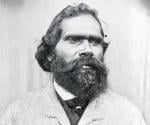
A friendship between Aboriginal leader Simon Wonga and Protector William Thomas led to the return of land to Wonga's people.

As European settlement took its toll on Indigenous communities, Aboriginal leaders fought tirelessly for land of their own.
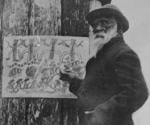
At a time when Aboriginal culture and traditions were under threat, art helped tell the story of Victoria's Indigenous people.

Tommy McRae's work is more than just a link to his culture – it illustrates the impact of European settlement on the landscape.
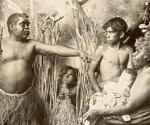
The odds were against an Aborigine trying to fight a settler in court. But Tommy McRae believed he had a right to fair treatment.
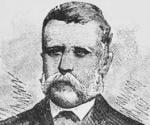
In 1998, a 19th century British squatter's observations led to the failure of the Yorta Yorta's attempt to reclaim their land.
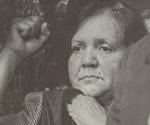
Two years after the historic Mabo case, the Yorta Yorta people brought Native Title back into the national spotlight.
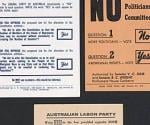
It only addressed part of the problem, but to Australia, the 1967 referendum represented a ‘fair go' for Indigenous people.
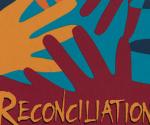
In 1997 the Australian Reconciliation Convention discussed the possibility of a better future for Indigenous Australians.



